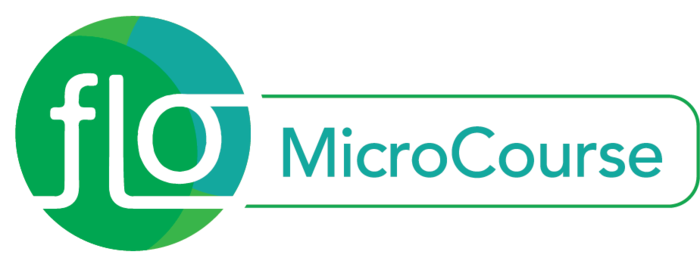Activity
Section outline
-

-
Facilitators: Sue Hellman and Sylvia Currie
Course written and designed by Sue Hellman
 Writing a teaching philosophy statement is a complex task. The volume of 'how to' articles and samples available online can be overwhelming. In this course, you'll find a shortlist of resources organized into a process designed to move you from the initial step of collecting your thoughts to composing a first draft (at least) and receiving peer feedback. You can follow along sequentially or cherry pick topics and activities that best fit your needs.
Writing a teaching philosophy statement is a complex task. The volume of 'how to' articles and samples available online can be overwhelming. In this course, you'll find a shortlist of resources organized into a process designed to move you from the initial step of collecting your thoughts to composing a first draft (at least) and receiving peer feedback. You can follow along sequentially or cherry pick topics and activities that best fit your needs. THANKS to those of you who have already completed the short survey. If you haven't already done so, it's not too late. No names will be made public.
Self-assessment Inventories
There are 3 websites you can use to clarify your values with respect to teaching and learning. Each uses a long list of multiple choice questions to ascertain your preferences. They all provide feedback and guidelines about how to interpret your scores.
- Angelo & Cross’s Teaching Goals Angelo Inventory (1993) http://fm.iowa.uiowa.edu/fmi/xsl/tgi/data_entry.xsl?-db=tgi_data&-lay=Layout01&-view
- BC’s Teaching Perspectives Inventory (2001) http://www.teachingperspectives.com/tpi/
- Grasha & Riechmann’s Teaching Style Survey (1996, first developed 1976) http://longleaf.net/teachingstyle.html
When I tried them,
I
found completing the questionnaires time consuming without an equivalent return in terms of
insight. I ended up with a lot of information but few clues to help me integrate the details into a cohesive, useful picture of
myself as a teacher.
As a work-around, I’ve created 2 self-assessment grids using major categories of teaching activities and learning goals found in these inventories. Grid 1 crosses Angelo & Pratt’s teaching goals (1 above) with Grasha’s teaching styles (3). Grid2 crosses Pratt & Collins' teaching perspectives (2) with Grasha’s teaching styles (1 again).
The idea is to consider to what extent various teaching styles and perspectives are effective when it comes to working towards your and your students' learning goals.